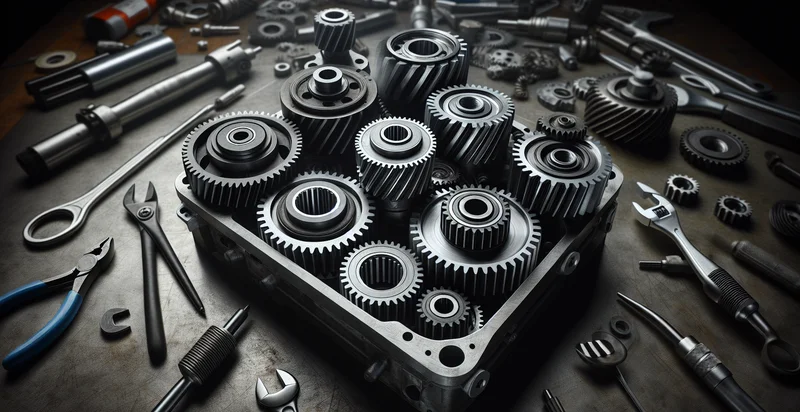Identify printer conditions
using AI
Below is a free classifier to identify printer conditions. Just upload your image, and our AI will predict the optimal conditions for printer operation - in just seconds.

Contact us for API access
Or, use Nyckel to build highly-accurate custom classifiers in just minutes. No PhD required.
Get started
import nyckel
credentials = nyckel.Credentials("YOUR_CLIENT_ID", "YOUR_CLIENT_SECRET")
nyckel.invoke("printer-conditions", "your_image_url", credentials)
fetch('https://www.nyckel.com/v1/functions/printer-conditions/invoke', {
method: 'POST',
headers: {
'Authorization': 'Bearer ' + 'YOUR_BEARER_TOKEN',
'Content-Type': 'application/json',
},
body: JSON.stringify(
{"data": "your_image_url"}
)
})
.then(response => response.json())
.then(data => console.log(data));
curl -X POST \
-H "Content-Type: application/json" \
-H "Authorization: Bearer YOUR_BEARER_TOKEN" \
-d '{"data": "your_image_url"}' \
https://www.nyckel.com/v1/functions/printer-conditions/invoke
How this classifier works
To start, upload your image. Our AI tool will then predict the optimal conditions for printer operation.
This pretrained image model uses a Nyckel-created dataset and has 5 labels, including Average Condition, Excellent Condition, Good Condition, Poor Condition and Very Poor Condition.
We'll also show a confidence score (the higher the number, the more confident the AI model is around the optimal conditions for printer operation).
Whether you're just curious or building printer conditions detection into your application, we hope our classifier proves helpful.
Related Classifiers
Need to identify printer conditions at scale?
Get API or Zapier access to this classifier for free. It's perfect for:
- Quality Assurance in Manufacturing: This function can be used in manufacturing environments to identify faulty printer conditions that lead to false images. By detecting and marking defective print outputs, companies can quickly address issues in the production line and minimize waste, ensuring high-quality final products.
- Predictive Maintenance in Printing Devices: The printer conditions identifier can analyze print outputs to predict potential failures before they happen. By identifying trends in false image outputs, maintenance teams can schedule interventions proactively, reducing downtime and extending the lifespan of printing equipment.
- Cost Reduction in Printing Operations: Implementing this function allows businesses to reduce costs associated with reprints and wasted materials caused by printing errors. By ensuring that only valid print jobs are produced, companies can improve resource efficiency and decrease operational expenses.
- Enhanced Customer Satisfaction: In industries where print quality is critical (e.g., packaging, textiles), this function can help ensure that clients receive high-quality prints without defects. By catching issues early on, companies can enhance customer satisfaction and maintain their reputation for quality.
- Compliance and Reporting for Quality Standards: Businesses can employ this identifier to comply with industry standards regarding print quality. By maintaining detailed reports on printing flaws and corrective actions taken, organizations can demonstrate adherence to regulatory requirements and improve audit outcomes.
- Performance Analytics for Print Services: By analyzing data from the printer conditions identifier, companies can gain insights into their print services' performance and efficiency over time. This information can inform strategic decision-making, leading to improved processes and better resource allocation.
- Training and Development Programs: The results from this function can be used to develop training programs for print operators and technicians. By understanding the common causes of false prints, staff can be educated on preventive measures and best practices, leading to overall improvement in print quality and operational efficacy.


